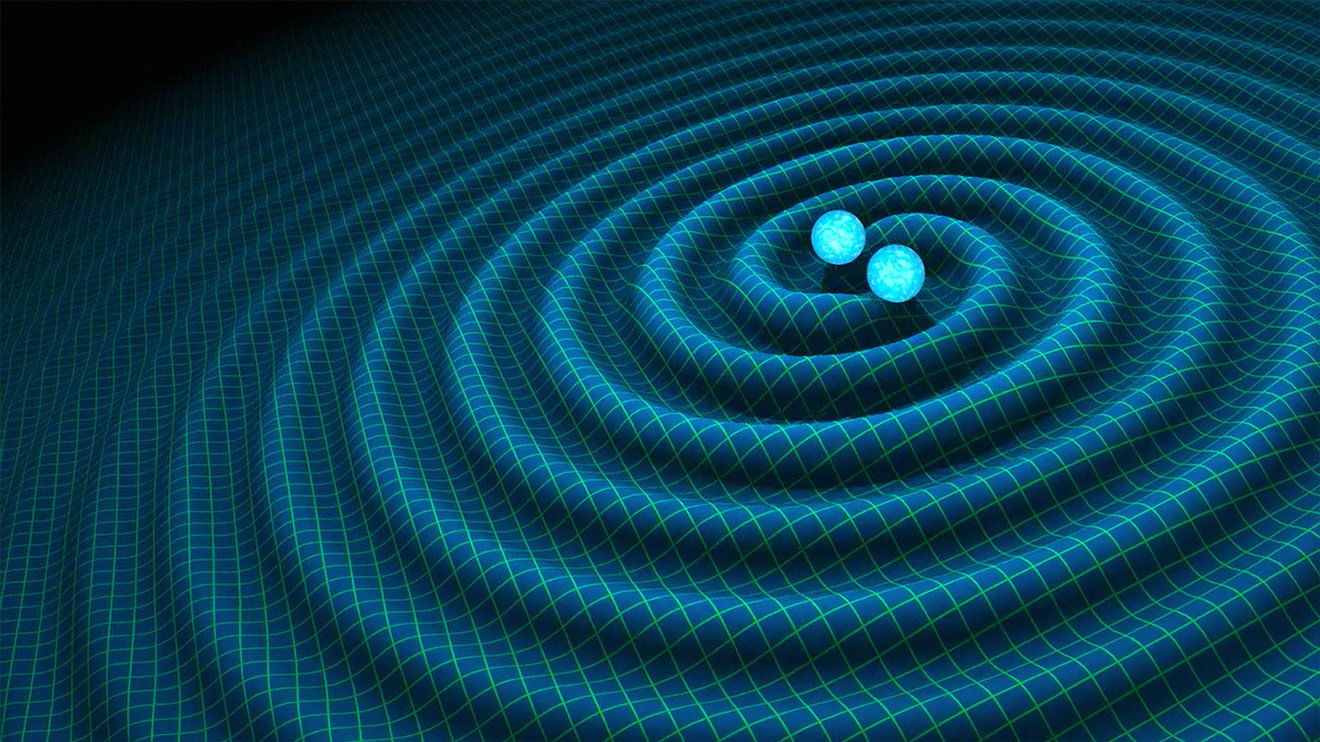Gravitational wave treasure trove shows black holes, neutron stars colliding

Scientists have released the largest catalog of gravitational wave detections to date, shedding new light on interactions between the most massive objects in the universe, black holes and neutron stars.
The catalog was compiled by three groundbreaking detectors: the two Laser Interferometer Gravitational-Wave Observatory (LIGO) detectors located in Hanford, Washington, and Livingston, Louisiana, and the European Virgo gravitational wave antenna in Pisa, Italy.
The catalog contains 35 new gravitational wave events, ripples in spacetime predicted by Albert Einstein's theory of general relativity in 1916. The latest batch of detections, made during a measurement campaign that began in November 2019 and ended abruptly in March 2020 due to the spread of COVID-19, brings the total number of gravitational wave events detected so far to 90.
Related: New gravitational wave detector picks up possible signal from the beginning of time
LIGO announced the first gravitational-wave detection in 2015. Since then, the technology has made massive strides and during observing runs, the detectors spot a signal every month.
According to a statement from Virgo, most of the newly detected gravitational waves were triggered by merging black holes. But the catalog also contains three detections that might mark collisions between one neutron star and one black hole.
Black holes and neutron stars, which are the collapsed cores of massive supergiant stars, are the densest and most massive objects in the universe. As they come into each other's gravitational fields, they start orbiting each other, forming a binary system. The powerful gravitational forces involved trigger cosmic 'earthquakes' that reverberate through space, distorting the fabric of spacetime. Eventually, these objects collide and merge, forming new, supermassive black holes.
Breaking space news, the latest updates on rocket launches, skywatching events and more!
Some of the black holes formed during the recently detected mergers could exceed 100 times the mass of the sun, U.K. Research and Innovation (UKRI), which funds the U.K contribution to gravitational wave research, said in a statement. Black holes of such sizes have so far only been predicted theoretically, and the recent observations might finally prove their existence, UKRI said in the statement.
"Only now are we starting to appreciate the wonderful diversity of black holes and neutron stars," Christopher Berry, a lecturer at the University of Glasgow, Scotland, who participates in the research, said in the statement. "Our latest results prove that they come in many sizes and combinations. We have solved some long-standing mysteries, but uncovered some new puzzles too. Using these observations, we are closer to unlocking the mysteries of how stars, the building blocks of our universe, evolve."
One of the three suspected collisions between a black hole and a neutron star detected during the campaign may involve a neutron star only about 1.17 times the mass of the sun. If the estimate is correct, this would be one of the lowest-mass neutron stars ever detected, according to UKRI.
The observations have now been released to the wider scientific community to allow other researchers to analyze the events and make new discoveries, Virgo said in the statement. Studying the echoes of these cosmic earthquakes will reveal new information about the nature of the objects involved and the processes occurring during collisions.
Susan Scott, an astrophysicist at the Australian National University who also participates in the research, said in a statement that looking at the masses and spins of the black holes in these binary systems indicates how these systems developed in the first place.
"This really is a new era for gravitational wave detections and the growing population of discoveries is revealing so much information about the life and death of stars throughout the universe," Scott said in the statement.
"It also raises some really fascinating questions. For example, did the system originally form with two stars that went through their life cycles together and eventually became black holes? Or were the two black holes thrust together in a very dense dynamical environment such as at the center of a galaxy?"
The latest catalog shows how much gravitational wave detection has improved since the groundbreaking 2015 discovery. Thanks to improvements in instrument sensitivity, scientists now make new detections every month when the observatories are operating. In fact, 70 of the current 90 detections to date have been in the last two observation runs that took place since 2019.
Both LIGO and Virgo are now undergoing improvements to further improve sensitivity and preparing for a new observing run that will start in mid-2022. The upgrade means that the observatories will be able to detect signals coming from a volume of the universe almost 10 times larger than before.
When LIGO and Virgo resume work, they will be joined by Japan's Kamioka Gravitational Wave Detector (KAGRA), which came online in February 2020.
More sensitivity, more detectors — that means even more new discoveries are on the way.
Follow Tereza Pultarova on Twitter @TerezaPultarova. Follow us on Twitter @Spacedotcom and on Facebook.

Tereza is a London-based science and technology journalist, aspiring fiction writer and amateur gymnast. She worked as a reporter at the Engineering and Technology magazine, freelanced for a range of publications including Live Science, Space.com, Professional Engineering, Via Satellite and Space News and served as a maternity cover science editor at the European Space Agency.
